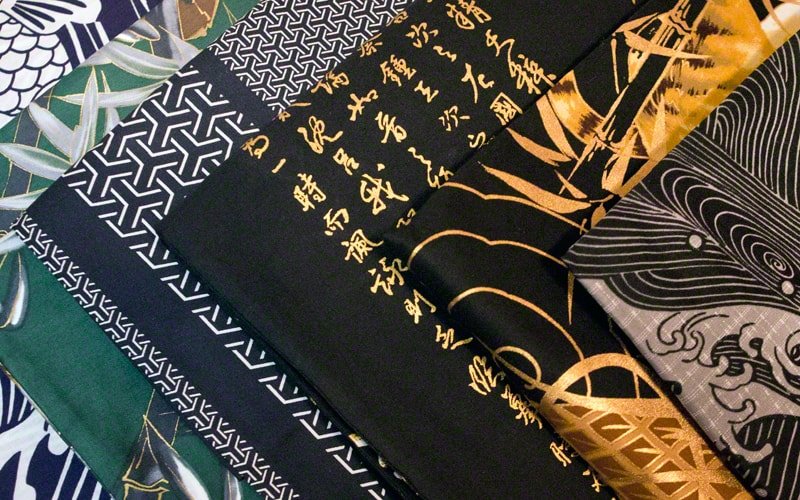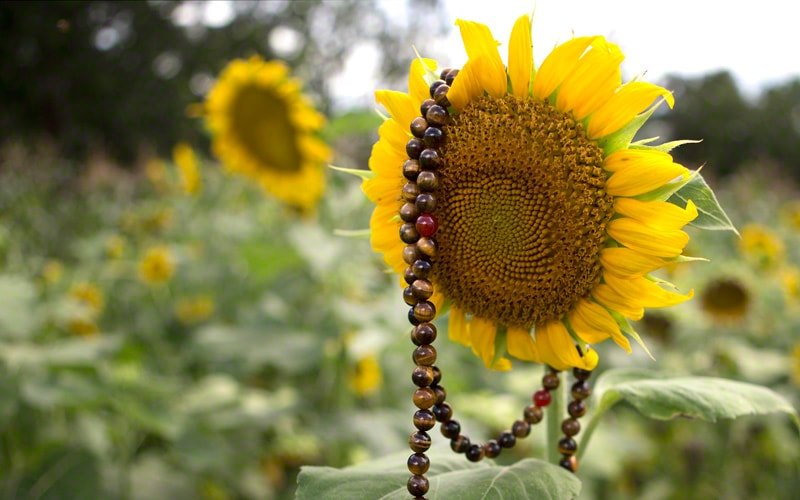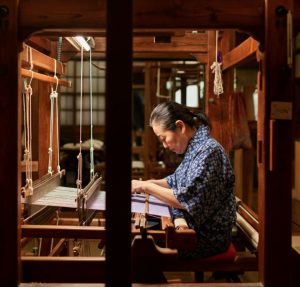The Evolution of Japanese Garments Through Time
Over the centuries, both kimonos and yukatas have evolved to keep up with Japan’s changing cultural identity. The Meiji Restoration (1868–1912) marked Japan’s rapid modernization and exposure to Western fashion, impacting how traditional clothing was worn. Western suits gained popularity in the workplace, while the kimono transitioned into an outfit reserved for ceremonies and special occasions.
During the Taisho period (1912–1926), kimono designs embraced new artistic styles influenced by Art Deco. Bright colors and bold patterns reflected the youth culture of the time, blending old traditions with new inspirations.
The yukata, on the other hand, became a staple for summer festivals and leisure. Its simplicity and comfort meant it remained widely used, especially as Westernization required fewer formal outfits in daily life.
Modern-Day Kimono and Yukata
Fast forward to today, and both garments remain beloved symbols of Japanese heritage and craftsmanship. Despite their decline in daily wear, their cultural significance has kept them alive in modern Japan and on the global stage.
The Kimono in Modern Fashion
Luxury kimono tailoring is still highly respected, with artisans spending months crafting a single piece. Designers such as Issey Miyake and Hanae Mori have incorporated traditional kimono elements into contemporary fashion, bringing the aesthetic to haute couture. Additionally, kimonos are featured prominently in Japanese weddings, tea ceremonies, and as a way to mark coming-of-age celebrations.
Internationally, the kimono has gained attention as a fashion statement, often worn as a jacket over casual clothes or as part of a fusion outfit. However, the cultural appropriation of this garment has sparked conversations about respecting its heritage when used outside of Japan.
The Yukata Today
The yukata is still widely embraced for casual and semi-formal occasions, especially during summer festivals like the Hanabi Taikai (fireworks festivals) or when visiting traditional inns (ryokan). Many young people enjoy choosing colorful yukatas, often pairing them with geta (wooden sandals) and decorative hairpins for a vibrant, playful look.
Notably, yukatas have experienced a resurgence due to their lightweight design and affordability, appealing to tourists who wish to participate in Japanese cultural traditions.
Why the Kimono and Yukata Matter Today
The kimono and yukata represent more than just fashion—they are wearable stories of Japan’s past, present, and future. They showcase the artistry of Japanese textile makers, the symbolism of its patterns, and the adaptability of traditional culture in a globalized world.
Whether worn during festivals, preserved in museums, or reimagined on runways, these garments endure as a testament to Japan’s dedication to art, elegance, and cultural identity. For those fortunate enough to wear them today, the kimono and yukata continue to connect individuals to the beauty and history of Japan.
Tags: big and tall kimono, gift ideas, japanese robe, Yukata








